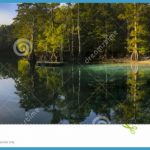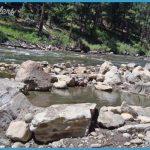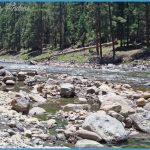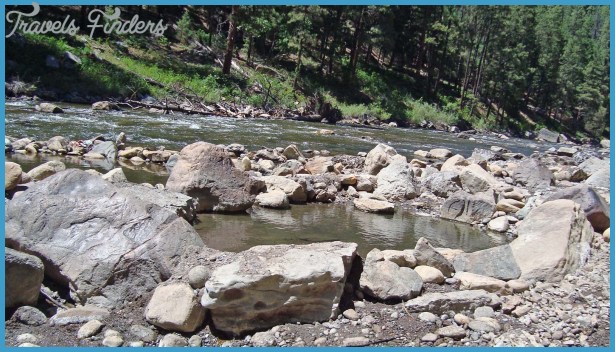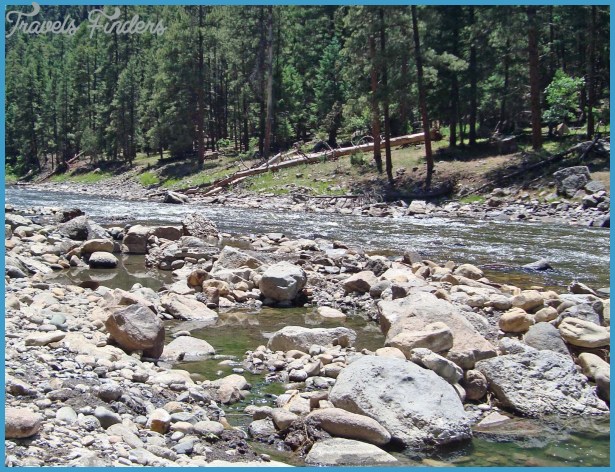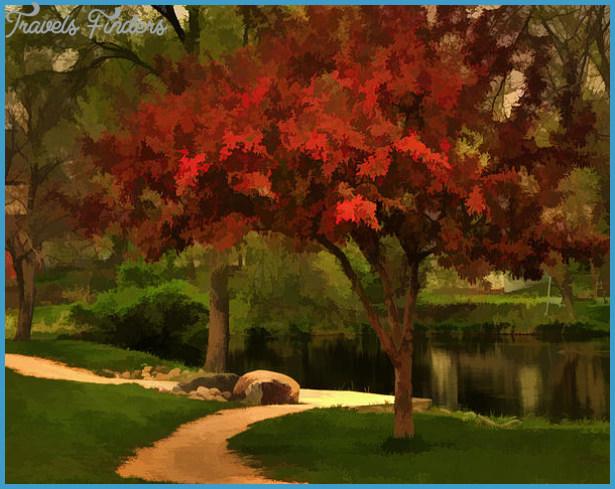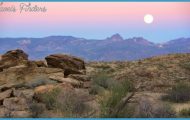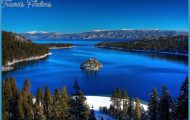At Calcite Springs Overlook, you may see steam or smell a rotten egg smell coming up from below. The Calcite Springs area is interesting to know about but only accessible to experienced and hardy hikers. Explorers have known this thermal area since the early 1800s, sometimes calling it Burning Spring. In 1869, explorers watched as several gallons of a black liquid ran down and hardened upon the rocks it proved to be sulphur, pure enough to burn readily when ignited, quoted in Lee H. Whittlesey’s Yellowstone Place Names. Calcite Springs is one of the very few hot springs in the world that emits a petroleum-like material. This material apparently forms by one or both of the following processes. High water temperatures underground may cause rapid reactions in the plant or animal debris in ancient underlying sediments.
Alternatively, downward see of the surface waters carrying dissolved plant matter and bacteria may be heated at depth, causing the organic materials to react to form oily compounds. However it forms, steam carries this material up to surface vents along the banks of the Yellowstone River. The hot gases emitted here have the highest known concentration of hydrogen sulfide gas of any of the park’s thermal areas a very lethal five percent. Also near Calcite Spring’s vents are deposits of gypsum (hydrous calcium sulfate) and pyrite (iron disulfide), and crystals of calcite (calcium carbonate) and barite (barium sulfate), in addition to the nearly pure sulfur.

